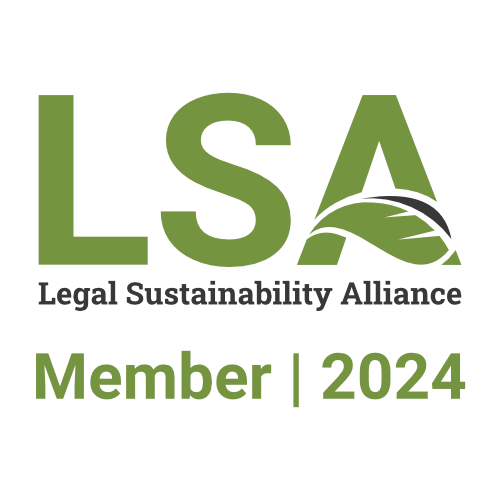Family businesses and their resource competitiveness

Family business resources include their tangible and intangible resources. When combined as valuable, rare, inimitable, non-substitutable and exploitable (VRINE), family businesses have a competitive advantage. The efficient use of these resources over time become a core competency of the business, reinforcing that competitive advantage. This includes the use of external resources as well as internal resources as all businesses are resource dependent on the outside world to some degree.
Family firms have a characteristic of “familiness”, a term for the unique set of resources of the business related to the interaction between the family and its associated business. Whether that is the basis of competitive advantage depends on the configuration of familiness. Families contribute capital, labour, networks and knowledge. They configure resources through selection, deployment, bundling, leveraging and shedding. How this is done results in competitive advantage or disadvantage. Features may appear to be sources of strength, but on closer analysis they may be neutral: particular expert knowledge may turn out to be hard to multiply thereby hindering growth of the business. Some networks may become obsolete as the market changes, or they may hinder proper efforts to enter new markets.
Families provide financial resources to their businesses with particular features. Often it is limited by the resources of the family, which means it must be used efficiently. It is often provided at lower than market rates in return for knowing the family business can continue in family ownership, perhaps not being the most profitable use of the capital deployed for poorly conceived schemes. Families have longer time horizons than their competitors, so they will be patient for repayment of capital. For viable projects, this is a competitive advantage. This is particularly so for the more innovative investments.
To reflect the features of family capital, some contractual terms need to be differently expressed in the finance documentation. This reflects the extent of arms’ length dealing between the family and the business. Not all possible details and eventualities on interest and payback times may be desirable to have listed. Repayment terms may lack strict definition so they can be postponed. Issues arising under loan agreements are likely to be dealt with by the assembled family rather than through strict legal process. This can be advantageous if the breach is dealt with at less cost (with lower legal fees!) and with relative speed. Furthermore, the family lender is more likely to be amenable to loan amendments than a non-family lender. Essentially this money comes from a restricted family capital market. Such a financial resource with the associated time horizon is difficult to imitate.
Besides the personnel of the family, family businesses may have non-family personnel. As family businesses gather specialist market knowledge, such personnel may become highly experienced. Retention of them is important to exploit the human capital of the family business. This means family businesses need to ensure their employment terms align their long-term vision with fostering this resource to enable successful operations.
Family businesses also have social capital: the relationships between people, between organizations and within its overall network. It can foster resource exchange, intellectual capital, innovation, access to markets and entrepreneurship. Family firms are good at creating this type of capital. Social capital can constrain businesses. It may age thereby losing value and influence. This may accelerate during a structural change to a particular market requiring new contacts and relationships.
Physical capital of a family business reflects its property, plant and equipment. They have financial value but combined together they are difficult to imitate in the format the family business will have set up. If properly coordinated and set up, these have competitive advantage as they lower purchasing or production costs. Like social capital, this may age or become obsolete. Therefore, like social capital, the physical capital of the business needs to be considered, reviewed and replenished by the family to avoid either of them becoming liabilities.
Family businesses may possess reputations and brands. A business may have a good reputation with valuable brands or a reputation for stagnation, outdated methods and resistance to change. In the latter scenario, the survivability capital of a business is relevant. This may be made up of free family labour, loaned labour, additional family equity or additional family financial loans. Such survivability capital may rejuvenate a business that otherwise would fail.
In summary, a family business’ VRINE is essential for its competitive advantage and thus for its corporate performance. Positive familiness will bolster its VRINE. In particular, that VRINE can be realised with patient family capital. To achieve this requires the legal documenting of family loan capital or share capital with knowledgeable sensitivity by lawyers: enough to clarify and reduce risk for parties but without removing the patient flexibility available within family capital. For VRINE features of a family business to flower, family businesses also need to retain quality family and non-family personnel, enabling them to fully utilize the social capital of the business. That requires properly tuned employment contracts and incentive schemes. The workforce will use the physical and reputational capital of the family business. Such capital needs protecting including through certainty of legal ownership in properly documented purchasing, leasing and franchising arrangements. The VRINE characteristics of a business with suitable legal architecture is a potent force for strong, long-term business performance. My colleagues and I at Nexa are available to help family businesses with their corporate, finance, commercial and employment issues, as well as for private client matters. Do contact us.
For more information please contact Henry Clarke using henry.clarke@nexa.law







